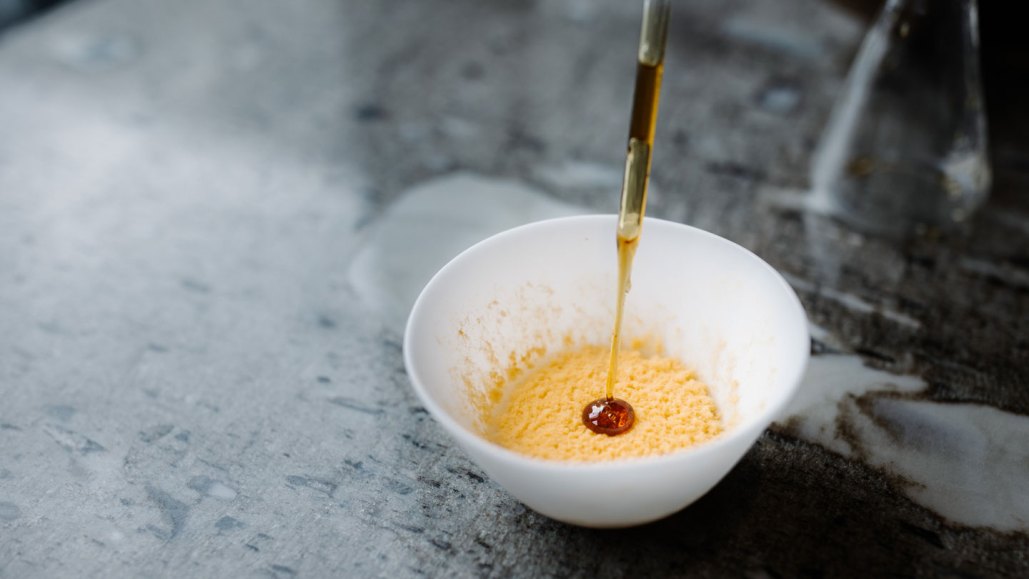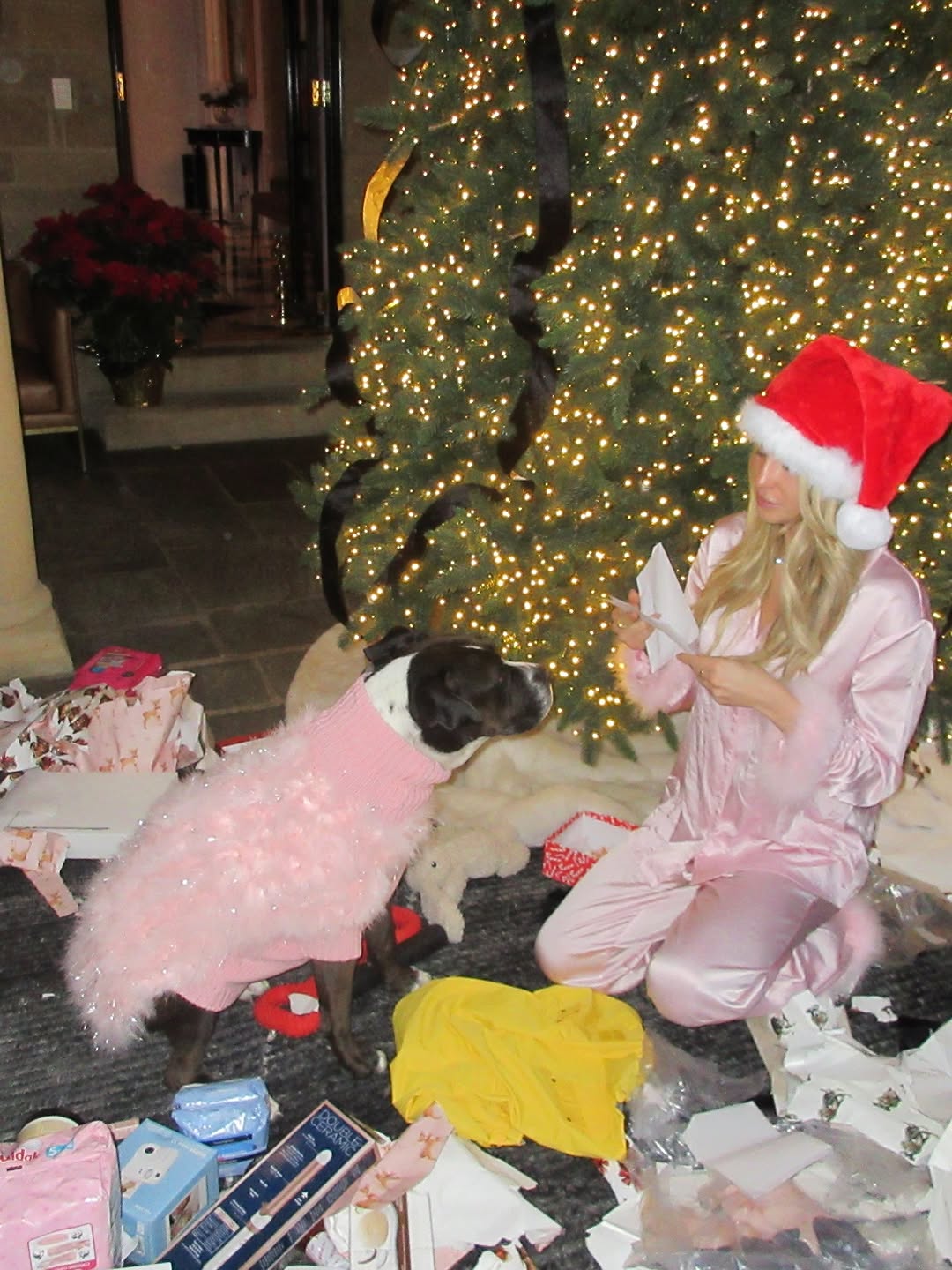"Fluffy Orange Fungus: A Potential Game-Changer for Transforming Food Waste into Delicious Meals"

Using microbes to transform foods through fermentation is the secret behind many of our favorite flavors, from cheeses to beer (SN: 9/19/17). But what if, instead of transforming one food into another, microbes were able to transform food waste into tasty bites?
Enter Neurospora intermedia, an orange-colored fungus that thrives when grown on food waste products such as soybean pulp and coffee grounds. By using it to ferment by-products that might otherwise be thrown away, the fungus could help reduce waste while producing new foods that are tasty and nutritious, fungal biologist Vayu Hill-Maini and colleagues report August 29 in Nature Microbiology.
The process is already used to make a traditional food in Java, Indonesia, and at a few top chefs are experimenting with using the fast-growing fungus to create a gourmet dessert. But new details into how the fungus transforms what it grows on could jump-start its broader use, Hill-Maini hopes.
Formerly a chef, Hill-Maini came across N. intermedia while studying red oncom, a Javanese meat substitute made by fermenting pulp left over from soy production. “The idea is, let’s learn from this very robust traditional approach,” says Hill-Maini, now at Stanford University. “Let’s see what’s going on, what fungus is involved, what is the process.”
After discovering that N. intermedia dominated the oncom samples, Hill-Maini, then at University of California, Berkeley, and colleagues sequenced the fungus’s genome — its full complement of genetic instructions — in order to better understand its abilities. The analysis revealed that N. intermedia has enzymes that can break down cellulose and pectin, sugars that are good for humans but that we can’t digest well on our own.
Even more striking, Hill-Maini says, was the fact that the N. intermedia strains found in oncom were genetically different from wild strains, but very similar to strains found growing on waste such as sugarcane fiber in Taiwan and corn cobs in Papua New Guinea. That pattern suggests that humans may have domesticated N. intermedia, similar to how Penicilium used to make blue cheese has coevolved (SN: 9/6/22).
“We think that, basically, humans have turned to a fungus to grow on something that we can’t eat,” Hill-Maini says. “The fungus then breaks it down, makes more of itself, and in doing so makes it more palatable.” And more nutritious, too: The researchers found that fermentation increased the protein content of the pulpy soy by-product.
The next question: Is N. intermedia appealing to people who aren’t used to its flavor? To find out, Hill-Maini and colleagues presented the Javanese dish of red oncom to a group of 61 Danish taste testers. Overall, the participants liked its texture, appearance and flavor, which they overwhelmingly described as “mushroom” or “nutty.”
But different combinations of fungus and the substrate it grows on can lead to different flavors. Rather than use food waste, Chef Rasmus Munk of Alchemist, a two-star Michelin restaurant in Copenhagen, experimented with growing N. intermedia on a rice custard that starts off white and bland. After a few days with the fungus, the custard looks like it’s been dusted with cheese — and the flavor has transformed to taste, surprisingly, like pineapple.
Hill-Maini is most excited about the prospect of using N. intermedia at an industrial scale. Waste made during food production, like the soybean pulp left over from making soy milk, could be immediately set aside, fermented and turned into another food, similar to how red oncom is made. That’s what the engineers at Alchemist’s food lab, Spora, are studying: new ways to use microbes, including N. intermedia, to turn waste into delicious food that’s also healthy, affordable and sustainable.
Perhaps someday we can make as much use of the fungus as it does of our waste.




